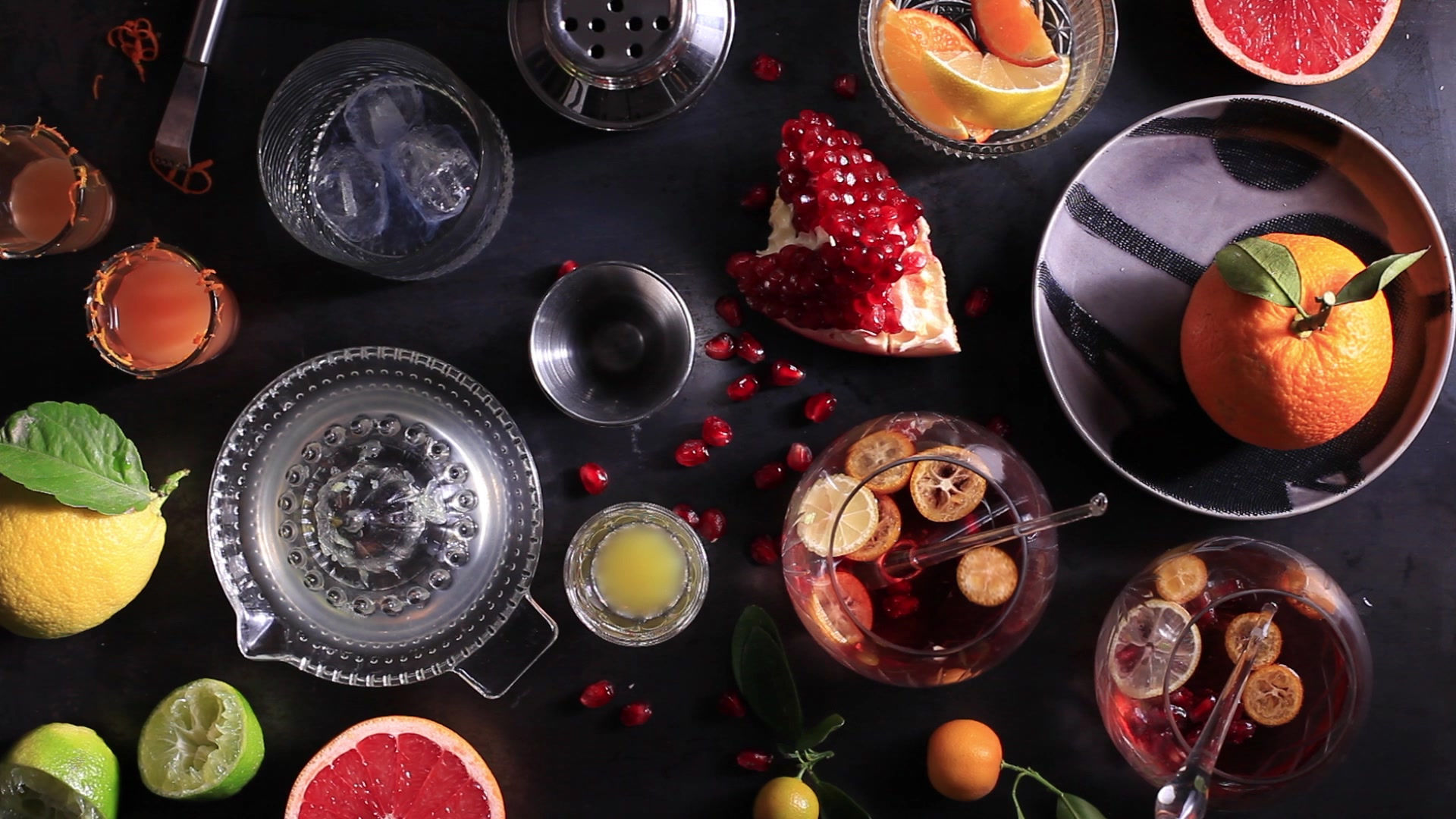
Animas High School
20091 HWY 160 Durango, CO 81301
School Main Office Phone: 970-247-2474
Chemistry of Food and Cooking Project
"The Fluffiest Chocolate Mousse"
In what ways is cooking like doing science and in what ways are they different? How are a cook and a food scientist
similar or different?
Science and cooking are similar because they both can entail chemical reactions and changing chemical structure of food. Experiments and cooking both plan out a recipe or procedure to create a certain product or outcome. Many things can determine whether or not the product will turn out as planned. The correct measurements must be taken in both however cooking tends to be more flexible and less strict than science, but sometimes a little mistake can still lead to a less satisfied outcome.
Science usually deals with changing one variable and leaving the rest constance to see the effect on the outcome, while cooking can change more variables to try to create a good food. The materials in science are can be different than those in cooking because in cooking the ingredients are edible and not harmful to humans, but in a science this is not always the case.
Usually the goal of cooking is to create a food that tastes good and is edible, however in science it is to see a specific reaction or test a hypothesis using a specific process. Not that cooking cant be used to test something specific, thats what we did in this project it's just that normally cooking is putting a few different chemical reactions together to determine the taste, texture, and look of a food. If you are creating a recipe the steps taken would look more like a science experiment because you would have to see the effect each ingredient has on the final product. A food scientist is different than a cook because a cook usually alters many different variables to improve the taste, texture, nutrition, etc. of a food, while a food scientist may manipulate more controlled variables and tend to look at the atomic and molecular side of food.
How can we measure the qualities and desirability of a finished recipe both quantitatively and qualitatively in order to determine the success of our recipe experimentation?
We can measure the qualities and desirability of a finished recipe both quantitatively and qualitatively in order to determine the success of our recipe experimentation through measurements taken during the process and s survey on the final product. Data from measurements in a recipe can show the quantitive side of a finished product while a taste test can show the qualitative success of the product. In our project, dealing with the fluffiness of chocolate mousse, we measured the amount of chocolate mousse varying from each different product to determine the quantitive success of the experiment. We used this because the amount can lead us to conclude which one has the most volume and is physically the fluffiest. We used a survey to measure the qualitative side of our product with questions such as "rate the chocolate mousse on a scale from 1-5 based on fluffiness." We found that the quantitative aspect and the qualitative side of a product don't always conclude the same thing. For example the results of our survey concluded that the chocolate mousse that was physically fluffier (had more volume) was not the one the majority of people concluded was the fluffiest. However, together quantitative and qualitative aspects can be used to create and improve your food or product.
One way of testing the qualitative side of a recipe is through a blind or double blind taste test, this type of test will ensure there is no bias in the test results because the person giving the product to the tasters will not be passing on any bias because they have no bias towards the product. Or in the case of a double blind taste test the product will be passed through two people without passing any bias. This ensures that the test results avoid any bias the cook/scientist may have passed on to them. You can change the quantitative aspect of a recipe by altering an amount of an ingredient, in this project we instead of altering a quantitive aspect of a recipe we changed the chemical structure on an ingredient, thus changing the physical amount of the product we had.




